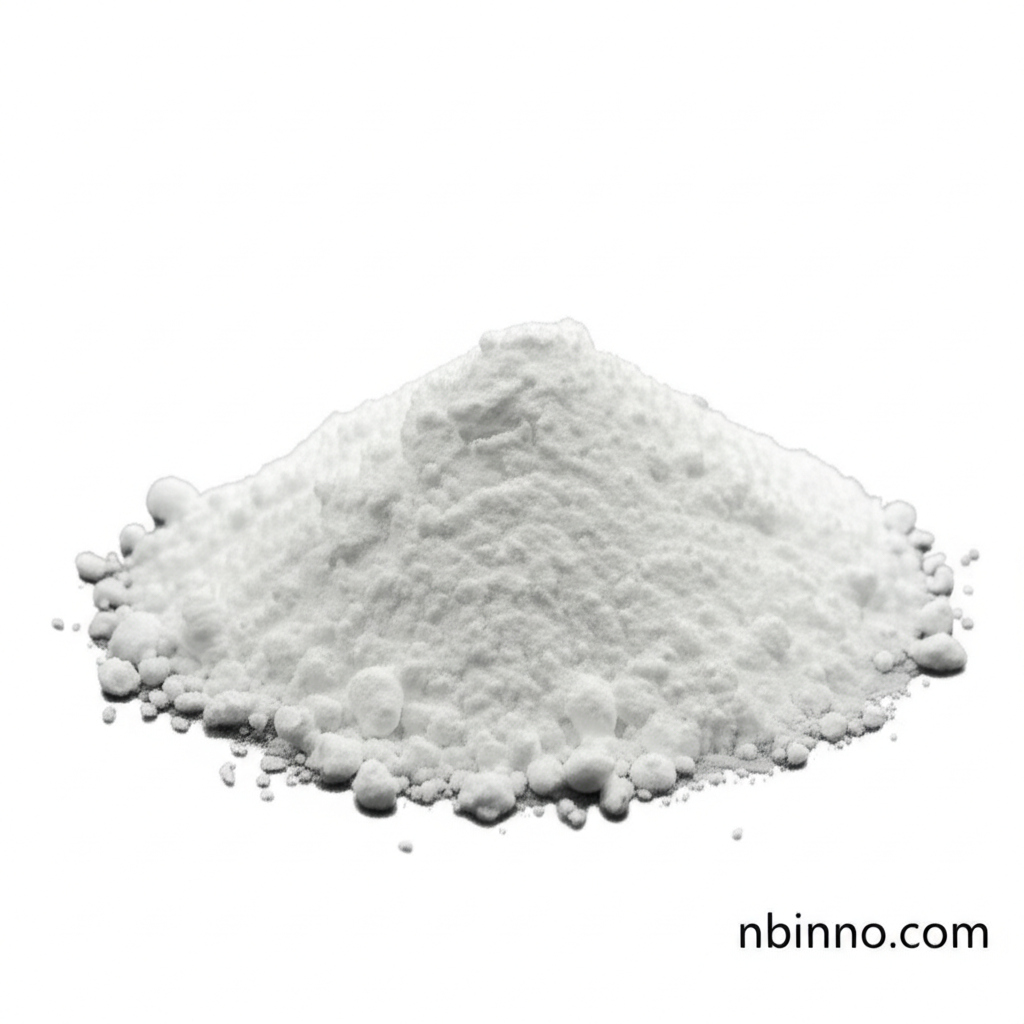High Purity 4-trans-Ethylcyclohexylbromobenzene: A Key Intermediate for Advanced Materials and Pharmaceuticals
Discover the critical role of 4-trans-Ethylcyclohexylbromobenzene in revolutionizing electronic displays and pharmaceutical development.
Get a Quote & SampleProduct Core Value

4-trans-Ethylcyclohexylbromobenzene
4-trans-Ethylcyclohexylbromobenzene is a high-purity brominated aromatic compound widely used in advanced material science. Its rigid cyclohexyl structure enhances thermal and chemical stability, making it ideal for synthesizing liquid crystal monomers and photoactive materials. Additionally, it serves as a key intermediate in pharmaceuticals and specialty chemicals. With excellent reactivity in cross-coupling reactions, it enables precise molecular design for cutting-edge electronic and optoelectronic applications.
- Leverage its enhanced thermal and chemical stability for robust liquid crystal monomer synthesis, a key aspect when exploring liquid crystal materials intermediate options.
- Utilize this versatile organic synthesis building block in various reactions to create complex molecules for diverse industries.
- Incorporate it into OLED material precursor development, benefiting from its role in photoactive material synthesis.
- Benefit from its high purity and established applications as a pharmaceutical intermediate chemical, crucial for drug development pipelines.
Product Advantages
Enhanced Stability
The inherent rigidity of the cyclohexyl structure in 4-trans-Ethylcyclohexylbromobenzene significantly boosts thermal and chemical stability, a critical factor for demanding applications in electronic materials.
Versatile Reactivity
Its excellent reactivity in cross-coupling reactions allows for precise molecular design, making it an invaluable organic synthesis building block for creating tailored chemical structures.
Wide Application Scope
From advanced liquid crystal displays and OLEDs to vital pharmaceutical intermediates, this compound's broad utility makes it a cornerstone for innovation across multiple high-tech sectors.
Key Applications
Liquid Crystal Displays (LCDs)
As a crucial component in the synthesis of liquid crystal monomers, its properties contribute directly to the performance and stability of modern displays.
Organic Light-Emitting Diodes (OLEDs)
Its role as a precursor for photoactive materials makes it valuable in the development of next-generation OLED technology.
Pharmaceutical Synthesis
It serves as a key intermediate, enabling the efficient synthesis of complex pharmaceutical compounds and active pharmaceutical ingredients (APIs).
Organic Synthesis
The compound is a fundamental building block for researchers and chemists engaged in the synthesis of novel organic molecules and fine chemicals.
